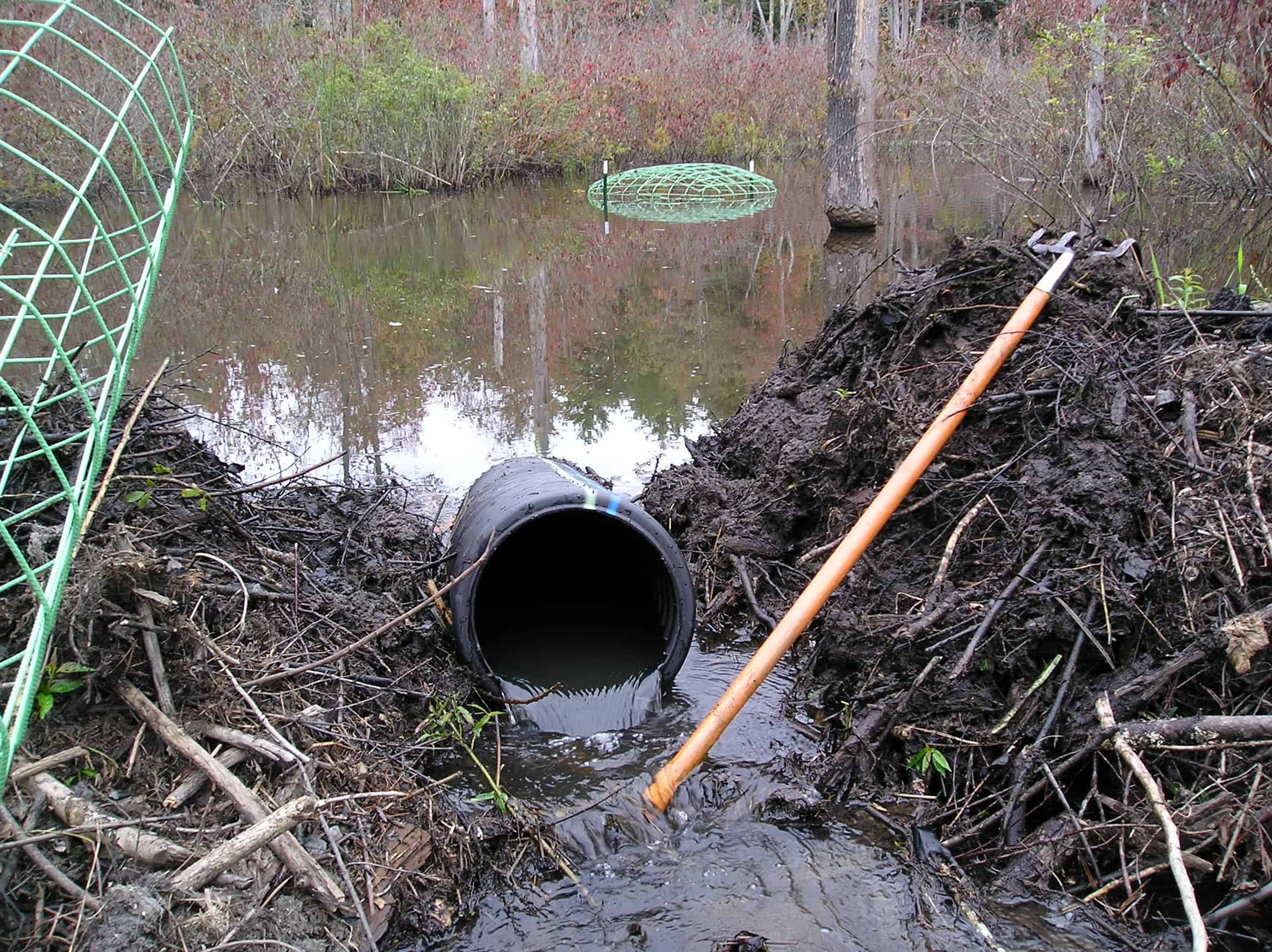Beavers are known for their engineering skills, but their activities can also cause significant environmental damage. In some areas, effective beaver control is necessary to ensure that ecosystems are balanced and healthy. By managing beaver populations, wildlife managers can help maintain the integrity of ecosystems and protect the environment.

Image Source: Google
Impact of Beavers on Ecosystems
Beavers are an important part of many ecosystems, but their activities can also cause significant damage. Beavers build dams which can flood areas and destroy habitats. They also consume large amounts of vegetation, which can reduce the available food sources for other wildlife species. In addition, their dams can cause water levels to rise, leading to soil erosion and other problems.
Benefits of Beaver Control
By controlling beaver populations, wildlife managers can help maintain the integrity of ecosystems. Beaver control can help restore balance to an ecosystem by reducing the amount of vegetation consumed by beavers, allowing other species to access food sources. It can also help reduce the risk of flooding and soil erosion caused by beaver dams. In some cases, beaver control can even increase the number of fish in an area, as it can reduce water levels and allow fish to access deeper waters.
Methods of Beaver Control
Wildlife managers use a variety of methods to control beaver populations. These methods include trapping, fencing, and the use of repellents. Trapping is one of the most effective methods of beaver control, as it allows wildlife managers to remove beavers from an area quickly and efficiently. Fencing can also be used to prevent beavers from entering an area, and repellents can be used to discourage beavers from returning.